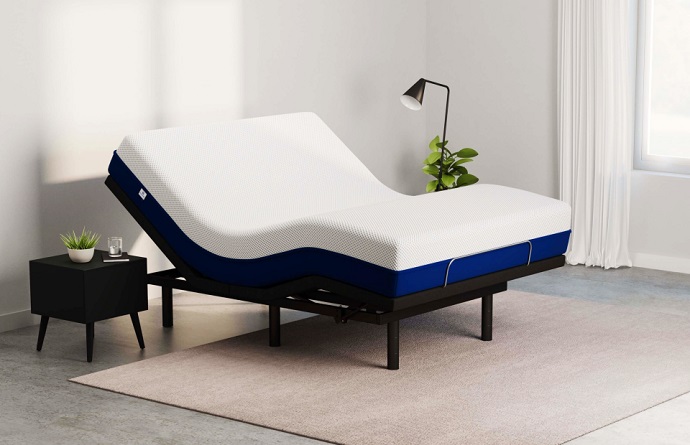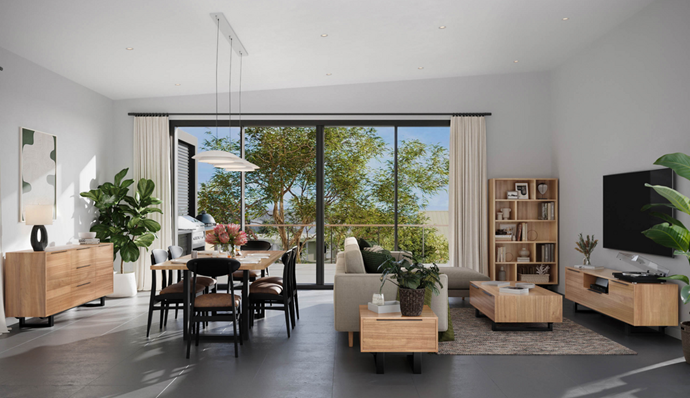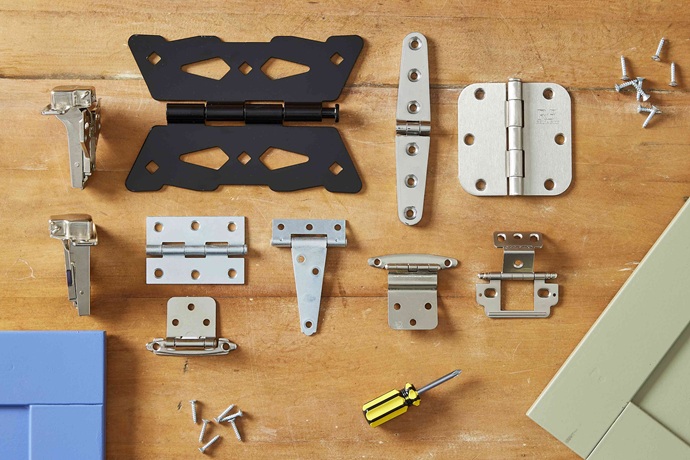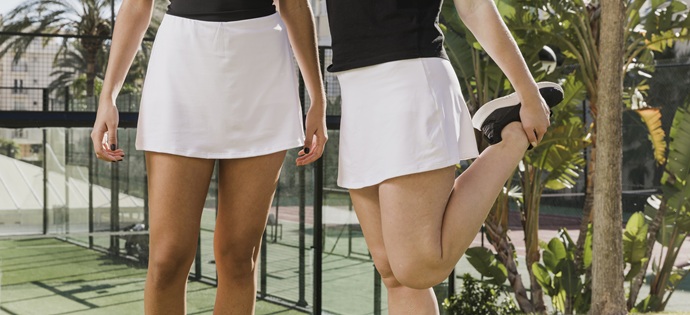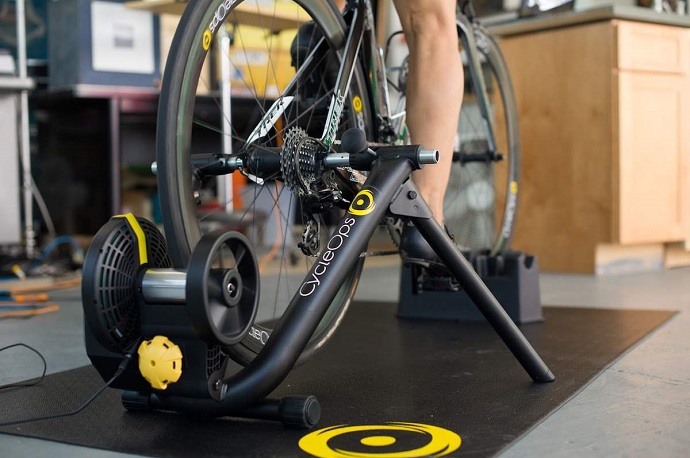
In bicycle riding and triathlon circles, there’s a never-ending debate about the value of riding home bike trainers versus riding outdoors. You’ll oftentimes hear people saying that an hour on a bike trainer is like an hour and a half on the road. But in my opinion, that’s not a realistic way to look at it. While both types of riding are quite similar, they’re not exactly the same, so they shouldn’t be compared in that manner. While a bicycle home trainer is a great tool when used properly, it’s still not the same as riding on the road. That being said, here’s the purpose of bike trainers, their role in performance preparation, and the things you can and cannot do with them.
What You CAN NOT Do With Bike Trainers
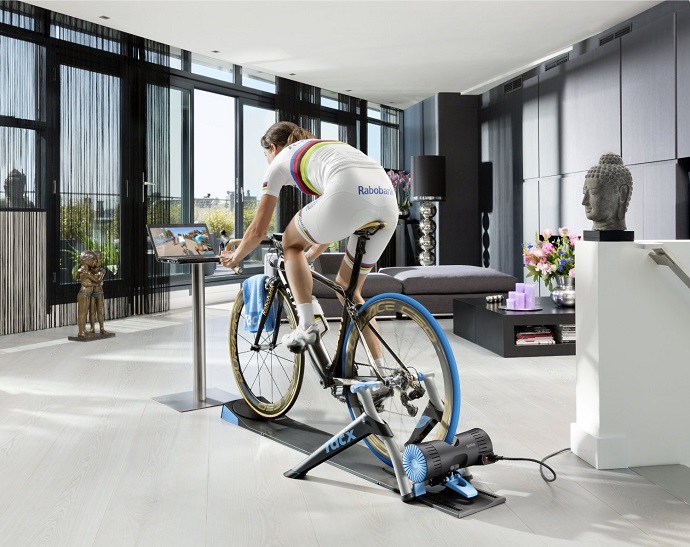
First and foremost, you can’t work on your handling skills, as there’s no need for you to keep balance, brake, corner, descent, etc. All of these skills are lacking among triathletes especially, so you need to realize that if you’re to participate in a triathlon, you should also consider doing a fair amount of outdoors riding as well. Alternatively, you can get a bike roller trainer, which will help you hone those skills as well.
Further, you won’t have to do any terrain management, and the riding will get monotonous after a while. Using pedal stroke and gears to manage descents, rolling terrain and climbs can’t be replicated on a trainer. However, there is modern software that can assist in these aspects to some extent, but the true riding experience Can still only be achieved outdoors. Lastly, you can’t stand out of the saddle, which is a very important skill to develop to effectively manage short postural loads, terrain and nail the counter steering effect.
What You CAN Do With Bike Trainers
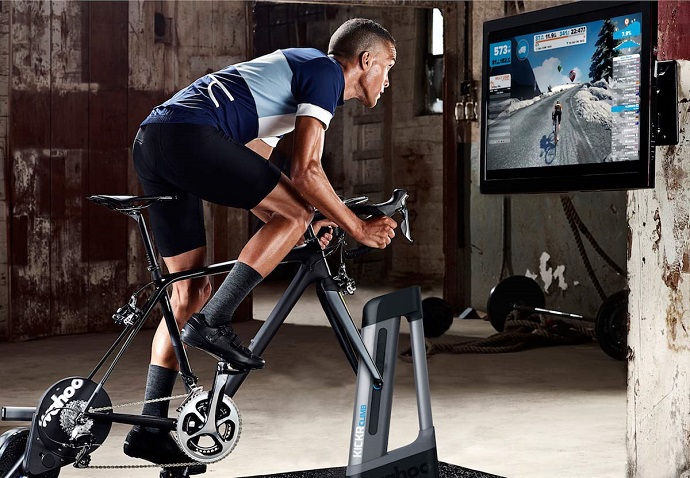
If you make your decision based on what you’ve read so far, you probably will decide to just ride your bike in the conventional way, and not on a trainer. But believe it or not, the advantages of training on a bicycle home trainer far outweigh the disadvantages I just mentioned. For instance, bike trailers help you perform an effective training session in a controlled environment. In other words, no matter the weather and how much time you have for a workout, you’ll get your exercise. Specific interval training also becomes very effective, as there are no variables of terrain. There’s also no coasting on the trainer, which is why many people claim that an hour’s worth of trainer riding is worth more than an hour riding outside.
Next, due to not having to ride your bicycle around traffic, other riders and terrain, you’ll get the ideal environment to work on retaining proper posture and pedal stroke technique. You can include a mirror in your home cycle trainer set up in order to get feedback and make sure you’re riding properly from the moment you start training until the end of your session. In other words, you’ll practice form, which is crucial in triathlon cycling, as it will prevent you from experiencing fatigue too soon and will help you ride properly.
Moreover, you can practice at specific intervals, meaning you can decide to either go for a longer time with lower intensity or go for short, high-intensity intervals. This can’t always be achieved when outdoor riding due to the variables present in the outdoors such as traffic, terrain, etc. Additionally, you can get a quick training session even if you have like 30 minutes of spare time, or if the weather is unfavourable.
Golden Rules of Riding a Bike Trainer
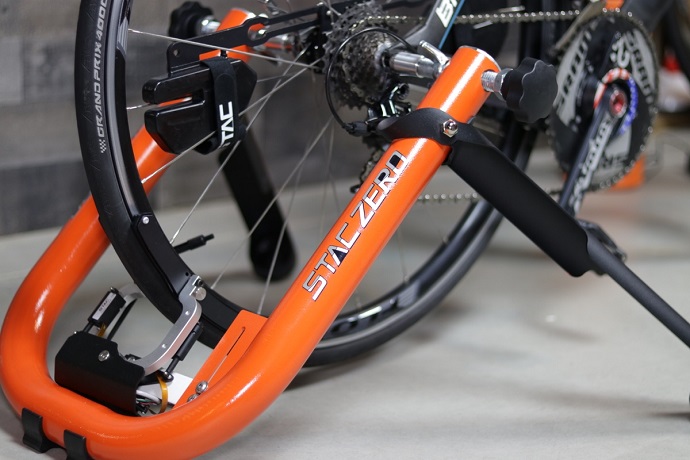
If you’ve decided you want a home bike trainer, there are a few “golden rules” you should follow. For starters, always ride with proper posture. There’s no excuse for riding with tense shoulders, locked elbows and hips rotated back on your seat. Your positive postural habits will translate into the racecourse. Next, make your pedal stroke as fluid as possible. If you’re a quad-focused bicycle rider, you can see and feel the chain bouncing, so take this opportunity for refinement and becoming a fluid rider. Further, since you’re riding in a controlled environment, make sure you execute your training session as intended. In other words, take advantage of being able to train at high and low intensities over short and long periods of time.
That being said, bicycle trainers can be great tools in your performance arsenal. However, keep in mind that your ultimate goal is to become a better bicycle rider outside, and the trainer is just a means for you to accomplish that. Utilize the advantages of the trainer, then apply the habits, intervals and lessons to the outdoor riding as well.













